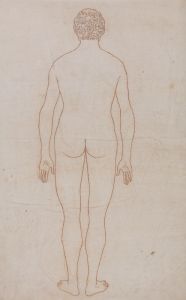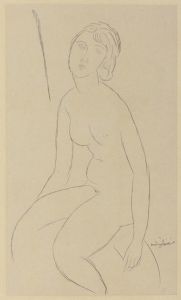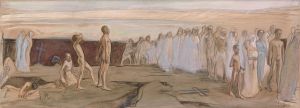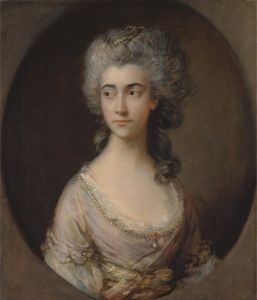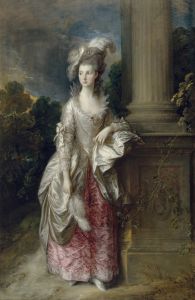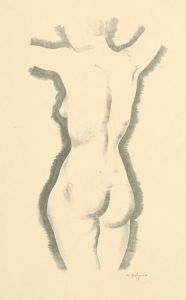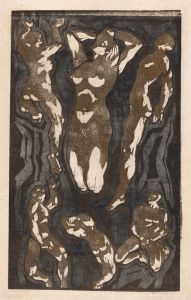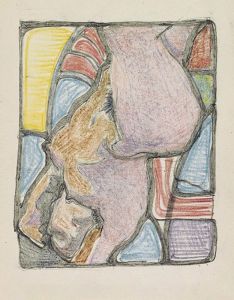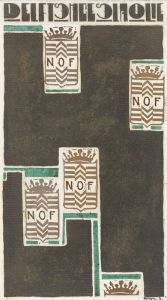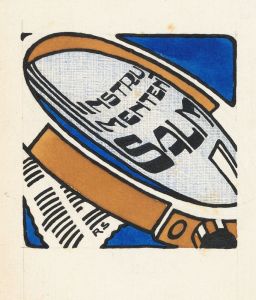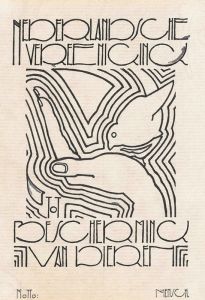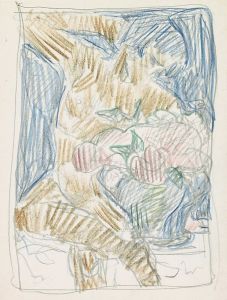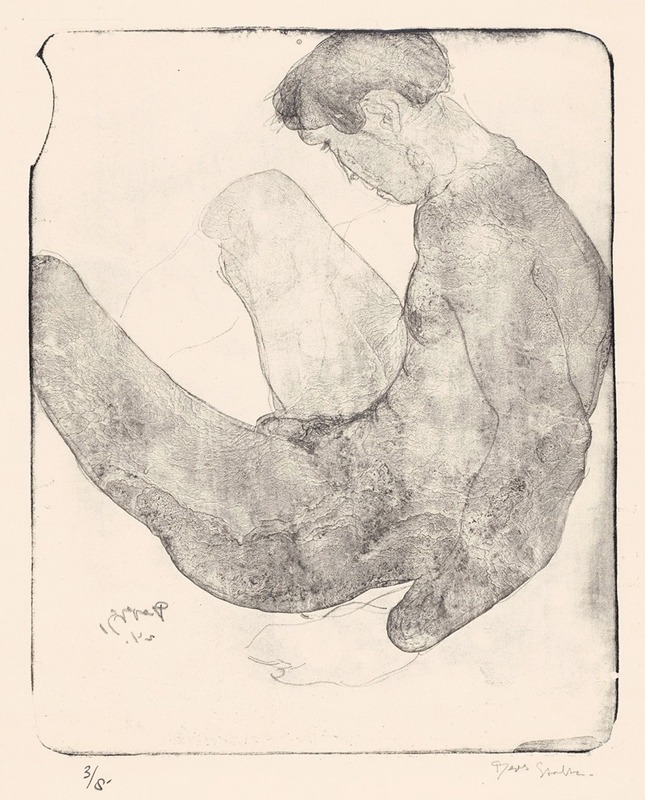
Naakte man met opgetrokken knieën
A hand-painted replica of Reijer Stolk’s masterpiece Naakte man met opgetrokken knieën, meticulously crafted by professional artists to capture the true essence of the original. Each piece is created with museum-quality canvas and rare mineral pigments, carefully painted by experienced artists with delicate brushstrokes and rich, layered colors to perfectly recreate the texture of the original artwork. Unlike machine-printed reproductions, this hand-painted version brings the painting to life, infused with the artist’s emotions and skill in every stroke. Whether for personal collection or home decoration, it instantly elevates the artistic atmosphere of any space.
Naakte man met opgetrokken knieën (Naked Man with Drawn-up Knees) is a painting by the Dutch artist Reijer Stolk, who was active in the early to mid-20th century. Reijer Stolk was born in 1896 in the Netherlands and became known for his contributions to the art world as a painter and graphic artist. His works often reflect the influences of the artistic movements of his time, including elements of expressionism and modernism.
The painting Naakte man met opgetrokken knieën is a notable example of Stolk's exploration of the human form and his interest in depicting the human body in a raw and honest manner. The title of the painting translates to "Naked Man with Drawn-up Knees," which directly describes the subject matter of the artwork. The composition features a male figure, unclothed, with his knees drawn up towards his chest. This pose is often associated with introspection or vulnerability, suggesting a moment of contemplation or emotional depth.
Stolk's use of color, line, and form in this painting is indicative of his broader artistic style. He often employed a muted color palette, which can be seen in this work, to emphasize the emotional tone rather than distract with vibrant hues. The lines in the painting are likely to be expressive, capturing the tension and relaxation in the figure's pose, which is a hallmark of Stolk's approach to the human figure.
Reijer Stolk's career was marked by his involvement in various artistic circles in the Netherlands. He was part of the Dutch art scene during a time of significant change and innovation, and his works were exhibited alongside those of his contemporaries. Stolk's contributions to art were not limited to painting; he was also known for his graphic art, which included prints and illustrations. This versatility in mediums allowed him to explore different techniques and styles, enriching his overall body of work.
The painting Naakte man met opgetrokken knieën, like many of Stolk's works, reflects the socio-cultural context of the early 20th century in Europe. During this period, artists were increasingly interested in exploring themes of identity, the human psyche, and the complexities of modern life. Stolk's focus on the human figure and his ability to convey emotion through form and composition align with these broader artistic trends.
While specific details about the provenance or exhibition history of Naakte man met opgetrokken knieën may not be widely documented, the painting remains an important part of Reijer Stolk's oeuvre. It exemplifies his skill in capturing the essence of the human condition and his contribution to Dutch art during a transformative period in history.
Overall, Naakte man met opgetrokken knieën is a testament to Reijer Stolk's artistic vision and his ability to convey profound human emotions through his work. His legacy continues to be appreciated by art historians and enthusiasts who recognize his role in the development of modern art in the Netherlands.





